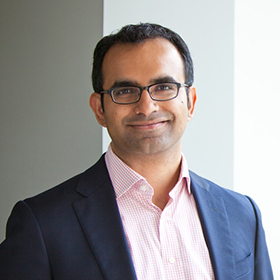Executive Summary
An international roster of donors has dispersed more than $42 billion since 2000 to address social issues targeted by the United Nations’ 17 Sustainable Development Goals (SDGs). The goals aim to end extreme poverty, protect the planet, and ensure health and prosperity for all by 2030.
Delivering on these goals won’t come cheap. The UN estimates that it will require an additional $2.5 trillion in funding each year above what is currently being spent by government, business, and philanthropy. Philanthropy can play a critical role in helping to fill this funding gap by making “big bets” that aim to speed progress on specific social issues, such as pediatric AIDS or quality education.
The Bridgespan Group set out to research the past flow of philanthropic big bets to areas targeted by the SDGs in hopes of discerning patterns that could inform ongoing philanthropic efforts. We sought a representative sample of three types of donors: traditional foundations, wealthy individuals, and corporate foundations. For each, we identified grants of $10 million or more between 2000 and 2016. Although the SDGs did not take effect until January 2016, and thus did not directly motivate past philanthropic activity, the 17 goals provided a useful framework to categorize them.
Among the 90 funders we studied, 52 made big bets aligned with the SDGs, deploying more than $42 billion via 836 big bets over the 17-year timeframe of our research. Funders’ efforts clustered around four broadly defined roles: developing and testing innovative solutions, implementing and scaling solutions that work, collaborating to finish the job, and advocating for policy change. Most funders targeted four SDG areas: health, education, gender equality, and environmental issues.
Momentum for SDG funding clearly is building. More than 50 governments have integrated the SDGs into their development plans. And businesses are discovering how sustainable business models can create economic opportunities.
Philanthropy also appears poised to step up its commitments. For instance, two new, large-scale efforts aggregate philanthropic capital to deploy big bets: Co-Impact plans to raise $500 million from donors from across the globe, and The Audacious Project has raised over $400 million to support “ideas worth spreading.”
The world has never before aspired to achieve goals as ambitions and costly as the SDGs. If past is prologue, global philanthropy is prepared to invest tens of billions—often in the form of big bets—to help make the SDGs a reality. While the journey has just begun, the international philanthropists we studied seem eager to bring their resources to bear on these goals.



